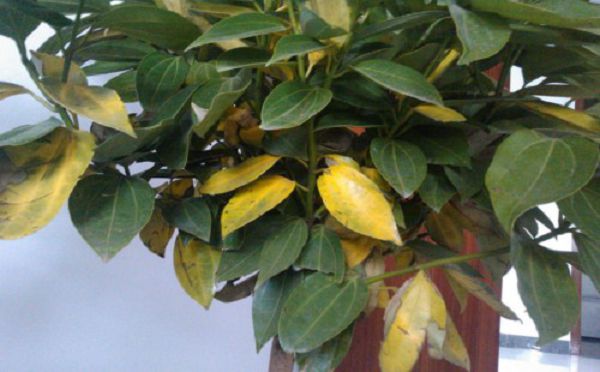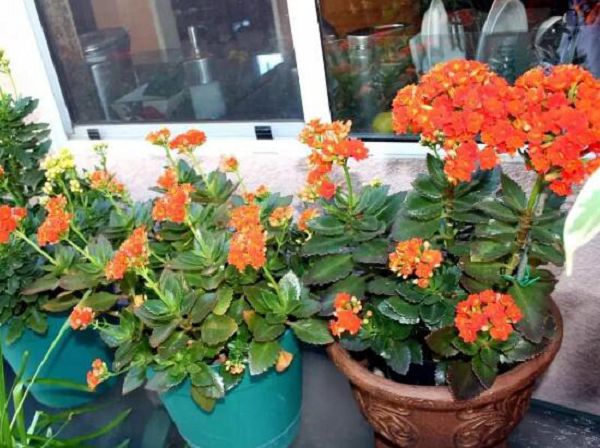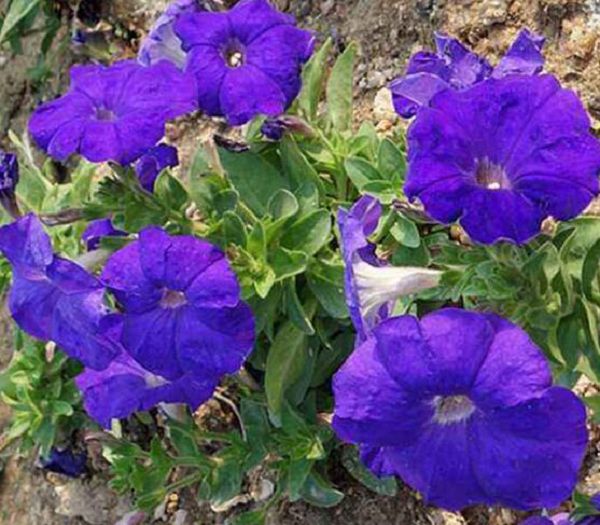How to treat the withered leaves of potted safe trees

Potted safe tree has very high practical value, which can not only appreciate, but also beautify the environment, but also eliminate harmful gases, but only with good maintenance and management can it have these functions and reflect its application value. Ping an tree is very suitable for viewing leaves. In order to give full play to the application value of potted plants, the leaves must maintain a good growth state. Once there is something wrong with the leaves, all application values will disappear. Especially when the leaves of potted safe trees become dry, what about that?
Ping an tree likes a warm and humid growth environment, which is not drought-resistant, cold-resistant and water-resistant, and its roots are mostly fibrous roots, so its absorbing capacity is limited and underdeveloped. Because its root system is relatively weak, it is often easily affected by water and fertilizer, especially excessive watering and high fertilization concentration, which is easy to cause damage to the root system. The leaf dryness of Ping an tree is mainly due to improper management of water and fertilizer. Of course, it can not be ruled out that it is caused by the hot summer sun.
The light is too strong
The growth environment of Ping an tree requires sufficient light, but it also has a certain ability to tolerate shade. Even if you like the light, you are also afraid of the hot sun, because in the summer sun exposure, the leaves will accelerate transpiration, and the roots are mostly fibrous roots, and their absorption capacity is often limited. When the evaporation is greater than the amount of water absorbed by the root, it will often break the balance of water supply and demand, resulting in the phenomenon of leaf dryness. In fact, this is also a manifestation of self-protection of Ping an tree, mainly through the sacrifice of leaves to achieve a balance of water supply and demand. Therefore, we must avoid hot sun exposure in summer, it is appropriate to put it in the indoor ventilation to the sun, while increasing watering and spraying to moisturize and cool down.
Second, improper watering
Since the roots of Ping an trees are mostly fibrous roots, their natural water absorption capacity is limited, so once they are overwatered, the water will be difficult to be consumed in time, which can easily lead to the phenomenon of stagnant water or too wet soil in the basin. If in a high-temperature and airtight environment, it is easy to cause stuffy roots, retting roots, if the situation is serious, it may also directly cause rotting roots. Since the root system of Ping an tree is damaged, it is naturally unable to absorb and transmit water smoothly, and the tree can not get water replenishment in time, thus showing the phenomenon of dry branches and leaves. However, if the basin is in a state of water shortage for a long time, the branches and leaves will often dry up because of the dehydration of the plant. Therefore, watering should not only be timely, but also appropriate. When there is a shortage of water, it should be watered in time; when there is too much water, it should be discharged in time.
III. Excessive fertilization
Ping an trees prefer to be fat, but they are also afraid of thick fertilizer and growing fat. If there is a lack of nutrients in the basin, the plant will sometimes show the phenomenon of withered and yellow branches and leaves, but the dry phenomenon of leaves is mostly caused by excessive fertilization. This is the same as over-watering. Over-watering or over-fertilization often leads to rotting roots, which in turn leads to the drying up of leaves. Therefore, usually fertilization must be based on low concentration and thinness, so that thin fertilizer can be applied frequently, especially in the growing season. If there is too much fertilizer, water should be poured in time to dilute the fertilizer, and the excess fertilizer should be discharged through the outlet of the basin bottom. However, if the root system is seriously damaged, it is necessary to remove the pot, trim the root, sterilize the safe tree in time, and then plant it again in the pot.
Related
- Fuxing push coffee new agricultural production and marketing class: lack of small-scale processing plants
- Jujube rice field leisure farm deep ploughing Yilan for five years to create a space for organic food and play
- Nongyu Farm-A trial of organic papaya for brave women with advanced technology
- Four points for attention in the prevention and control of diseases and insect pests of edible fungi
- How to add nutrient solution to Edible Fungi
- Is there any good way to control edible fungus mites?
- Open Inoculation Technology of Edible Fungi
- Is there any clever way to use fertilizer for edible fungus in winter?
- What agents are used to kill the pathogens of edible fungi in the mushroom shed?
- Rapid drying of Edible Fungi



